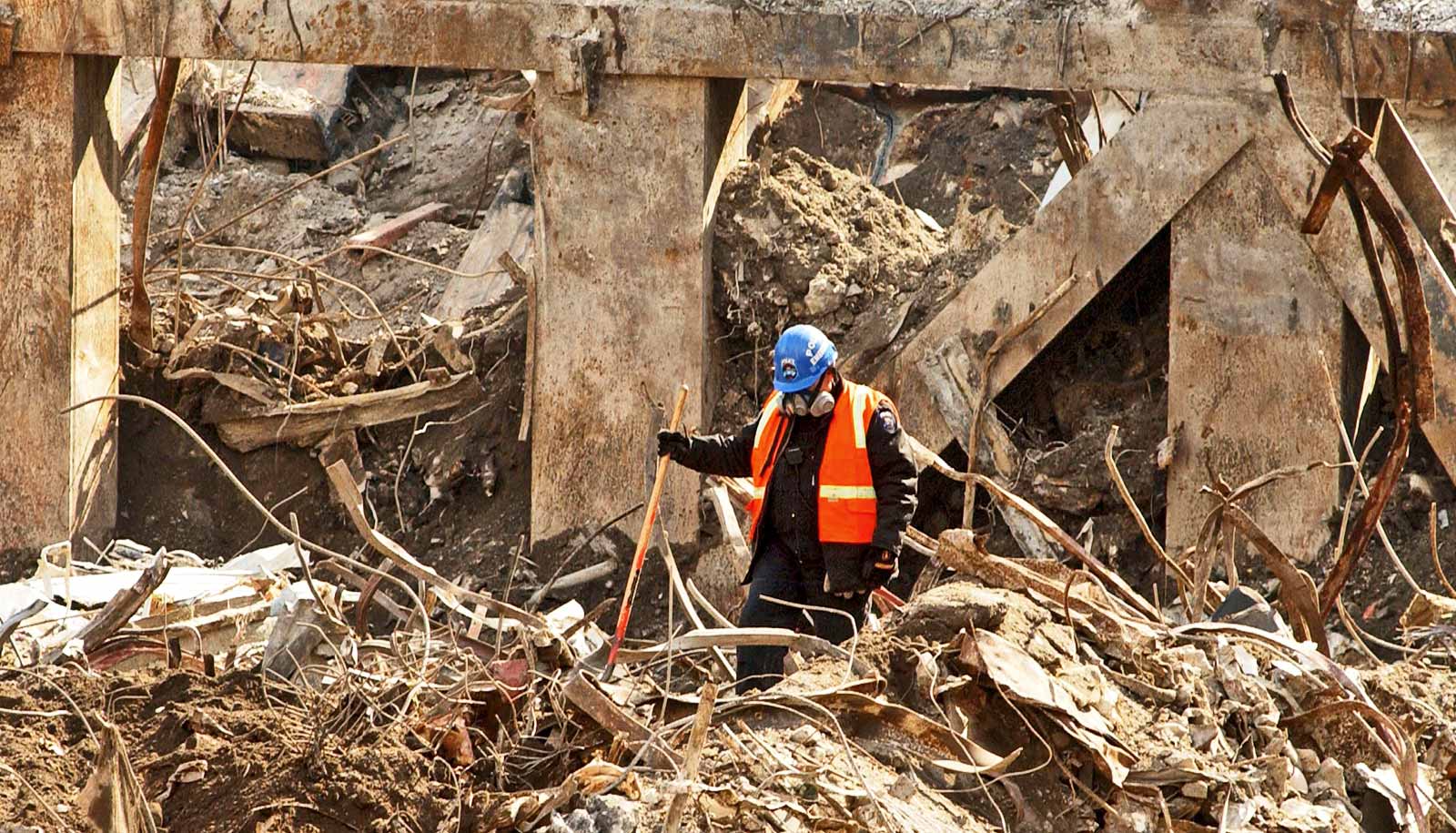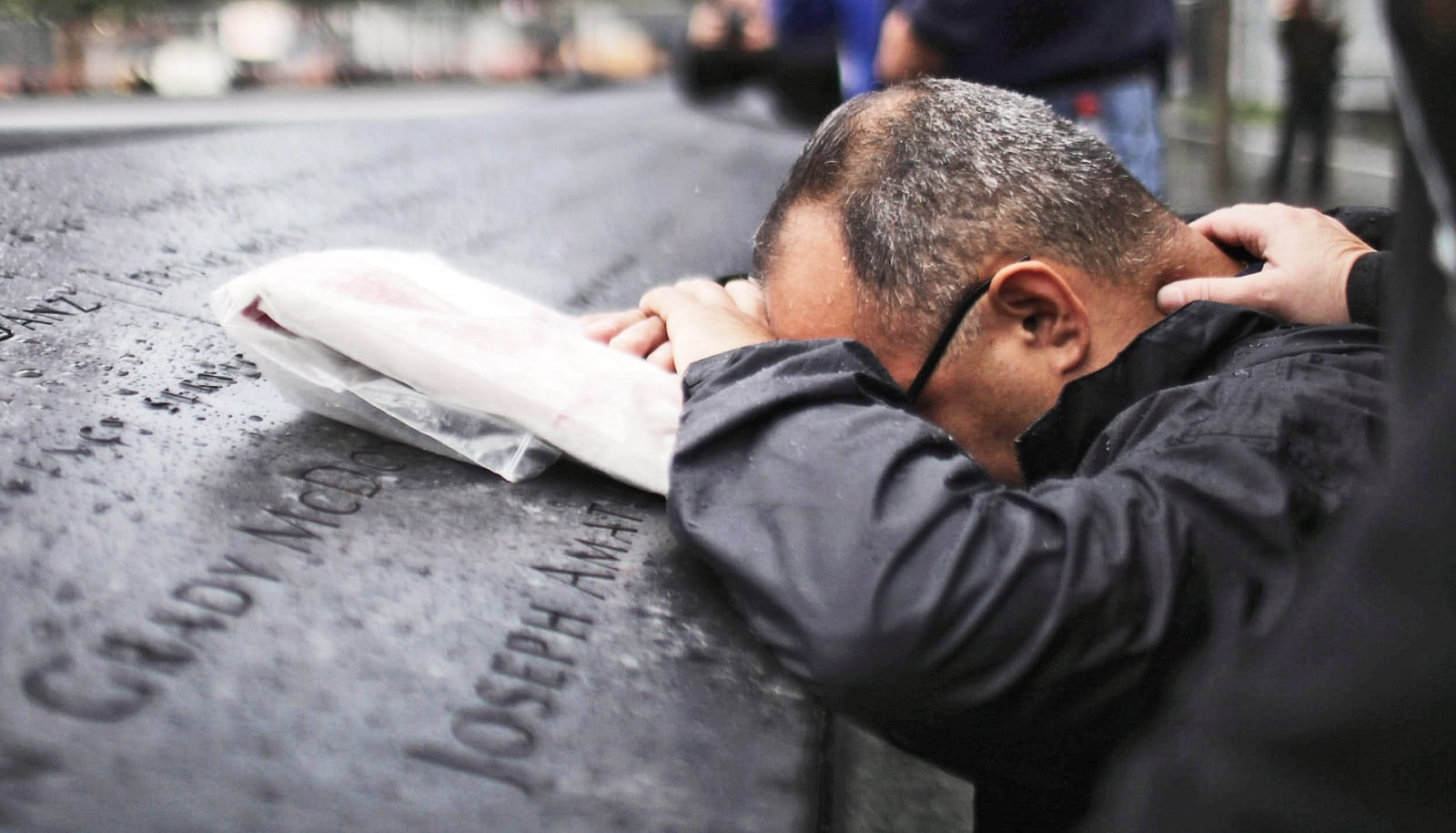New findings show responders with more exposures at Ground Zero of the 9/11 World Trade Center attacks had a three times higher rate of disease incidence than those with fewer exposures
The health risks from toxic exposures at Ground Zero are well documented, and diseases caused by those exposures continue to plague WTC responders as we approach 25 years since 9/11.
A new study, led by researchers affiliated with the Stony Brook WTC Health and Wellness Program, centers on responder disease incidence for one of the deadliest cancers—lung cancer.
The findings in JAMA Network Open include health data from more than 12,000 responders monitored at the Stony Brook WTC Program. The average age of the cohort was 49.3 years, and the period of the study ranged from July 2012 to the end of 2023.
“We discovered that responders with more severe exposures to WTC dust had up to 2.9 times greater risk of developing lung cancer compared to minimally exposed responders working on the pile who reported low dust exposure or used personal protective equipment (PPE),” summarizes Sean Clouston, lead author, epidemiologist, professor in the family, population, and preventive medicine department in the Renaissance School of Medicine (RSOM), and director of research for the program in public health at Stony Brook University.
Clouston explains that dust, fumes from many burning toxic materials, and sewage odors were the primary types of exposures. In total, 118 responders developed lung cancer over the study period. For those who reported severe exposures to dust and chemicals and lacked a consistent use of PPE, the incidence was highest, even after adjusting for demographic factors related to lung cancer incidence and smoking.
The authors believe this is the first published study to link any measures of WTC exposure type or severity with the incidence of lung cancer in any WTC affected populations.
“Previous studies did not identify any such link between lung cancer and WTC responders because of the short latency of exposures and low smoking rates in WTC responder populations,” explains coauthor Paolo Boffetta, associate director for population sciences in the Stony Brook Cancer Center, and a professor in the RSOM’s family, population, and preventive medicine department.
The team will continue to investigate the incidence of lung cancer in WTC responders, particularly as the latency period only grows with time.
According to Clouston and Boffetta, the next steps in the research will be to further improve measures of exposure to better understand which types of WTC exposures are most relevant to lung cancer, validate the types of exposures that responders endured and have a direct impact on lung cancer, and determine whether lung cancers identified are similar in severity and type.
To reduce the burden of lung cancer in the WTC responder population, the investigators suggest tobacco control and participation in lung cancer screenings to prevent disease or provide early detection.
The study was funded in part by grants from the National Institutes of Health and Centers for Disease Control.
Source: Stony Brook University



